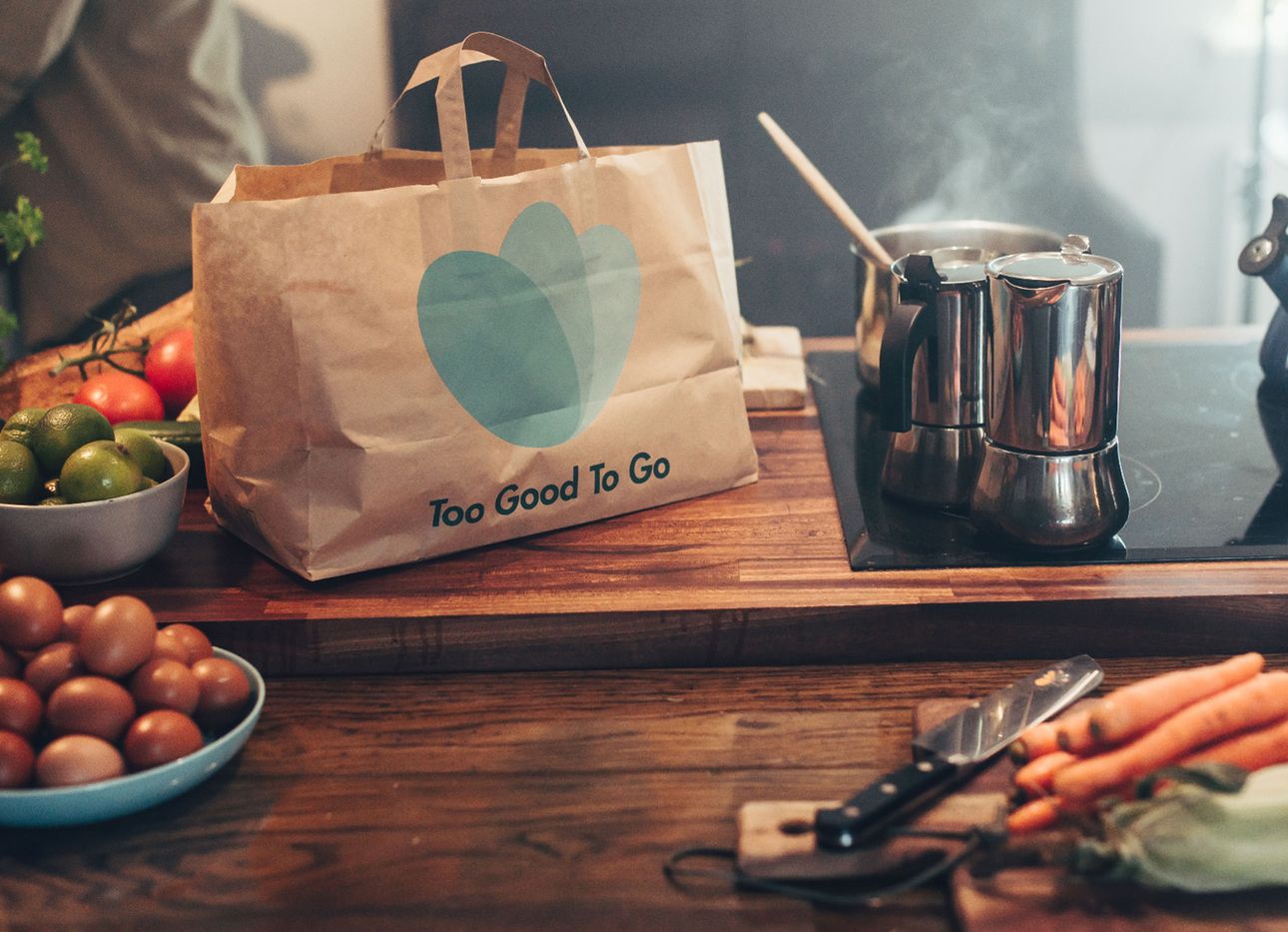
How the Too Good to Go App Aids in the Fight Against Food Waste
Anyone who’s ever let leftovers languish in the back of the fridge might not be surprised to learn that a whopping third of the food produced each year—about 1.6 billion tons—goes to waste. The Too Good To Go app aims to change that by allowing users to order a “surprise bag” of excess fare from a local restaurant, café, bakery, or grocery store. (Currently the service is pick-up only, in an effort to simplify the process for businesses to participate, and to reduce carbon emissions.) Each bag costs around four to six dollars, and includes contents that are worth about three times that much. Since the Copenhagen-based company launched, in 2016, it has expanded to 15 countries and has saved more than 72 million meals through partnerships with more than 87,000 food establishments. By the end of the year, it plans to be in most major U.S. cities, and later, expand to small towns across North America.
The key to Too Good to Go’s success, it seems, is its knack for starting conversations about throwing away food. Staffers share the company’s mission in a grassroots-style campaign, visiting area restaurants to discuss the issue of food waste—one of the leading contributors to greenhouse gases—and how to manage it. “We often hear from store owners that they have actually been looking for a solution like ours,” Lucie Basch, one of the company’s four co-founders, recently told Fortune magazine. “The majority of Surprise Bags contain fresh, prepared, and perishable foods—like a few slices of pizza, an extra sushi roll, a mix of pastries, a cup of soup, or a pint of ice cream—that are discarded at the end of that day. The small, consumer-sized volumes of food often can’t effectively be redistributed to food banks or homeless shelters. This is where we fill the gap in the food rescue ecosystem, and our strategy of launching in high-density, urban areas makes it easy for consumers to pick up this surplus.”
The system has other benefits, too: Many of the app’s users have turned into regular customers of the restaurants they discover, and store owners profit from food that would otherwise be trashed while recovering operational costs. “This is something that could happen every evening at every local food store,” Basch continued. “[The app is] an easy, fun, and accessible way to fight food waste on a daily basis.”